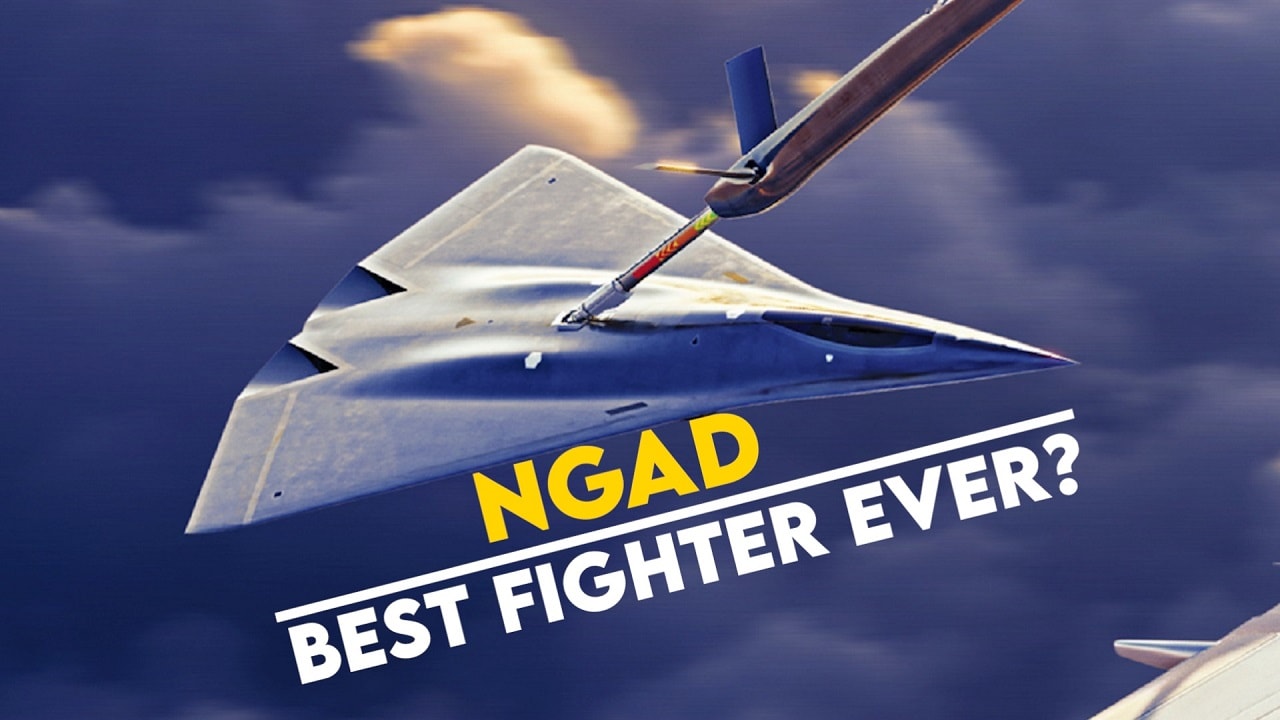NGAD Fighter Will Be the Last of Its Kind: The Next-Generation Air Dominance (NGAD) fighter should be a technological marvel, beyond anything the F-22 Raptor or F-35. But could it be the last of its kind?
NGAD: What We Know
NGAD will be highly stealthy with artificial intelligence driving enviable computer processing power. NGAD will have high speed and maneuverability. It will control drones in a networked manner featuring “family of systems” concepts.
What about the stealth attributes? Will NGAD be the apogee of the stealth era? The NGAD could be the last stealth fighter the U.S. military ever produces.
Costly Fighter Will Need Whole of Government Support
This will depend on how the Department of Defense and Congress funds the airplane. It could cost hundreds of millions apiece for all the high-tech goodies. If the NGAD program gets its full allotment of funding we may see stealth attributes like no other.
U.S. Enjoyed Early Dominance in Stealth Tech
The United States has enjoyed a monopoly on stealth technology since the early 1980s when the F-117 Nighthawk stealth fighter bomber was unveiled. The Americans still lead the way in radar evasion even though Russia and China are catching up with the Chinese J-20 Mighty Dragon fighter and the Russian Su-57 Felon warplane.
The U.S. Air Force has enjoyed around three decades of leadership in stealth characteristics for its airplanes.
The Last of the Stealth Fighters?
Air defenses are becoming more sophisticated and better able to detect stealth airplanes with new radar systems.
By the 2040s, stealth could become obsolete, and a new type of cloaking or masking of a fighter’s radar signature could be used. The United States is pursuing new fighters every ten years, but the cost of the NGAD may mean that this is the last stealth fighter the country produces.
NGAD will then need to serve until the 2040s at least. Remember, the enemy will adjust and advance its own technology to better detect stealth airplanes.
Running a Network of Drones
NGAD is expected to be a large and heavy fighter that may require it to play more of a stand-off role as a mothership to control combat drones who fly ahead and conduct the dogfighting. That would mean the “loyal wingman” drones are also stealthy.
But all aircraft in the family are expected to have the best stealth technology in the world. China and Russia may leap forward, especially since the Chinese excel at stealing secrets with cyber espionage. China could copy the NGAD design and the design of the networked drones.
Lasers Could Change Aerial Combat
If NGAD is outfitted with lasers, it could enhance its dogfighting skills. Invisible to radar and packed with a directed energy system, it is likely that the airplane will have the capability to serve for decades before a new fighter emerges.
So, the stealth attributes must be maintained. That could mean advances in materials science to create a new stealth coating using nanotechnology for improved radar absorption.
Make the In-Air Refueling Process Stealth
Another aspect of radar evasion is the aerial re-fueling process.
This is currently accomplished by non-stealth tankers, but there are plans for tanker drones that could someday have stealth characteristics.
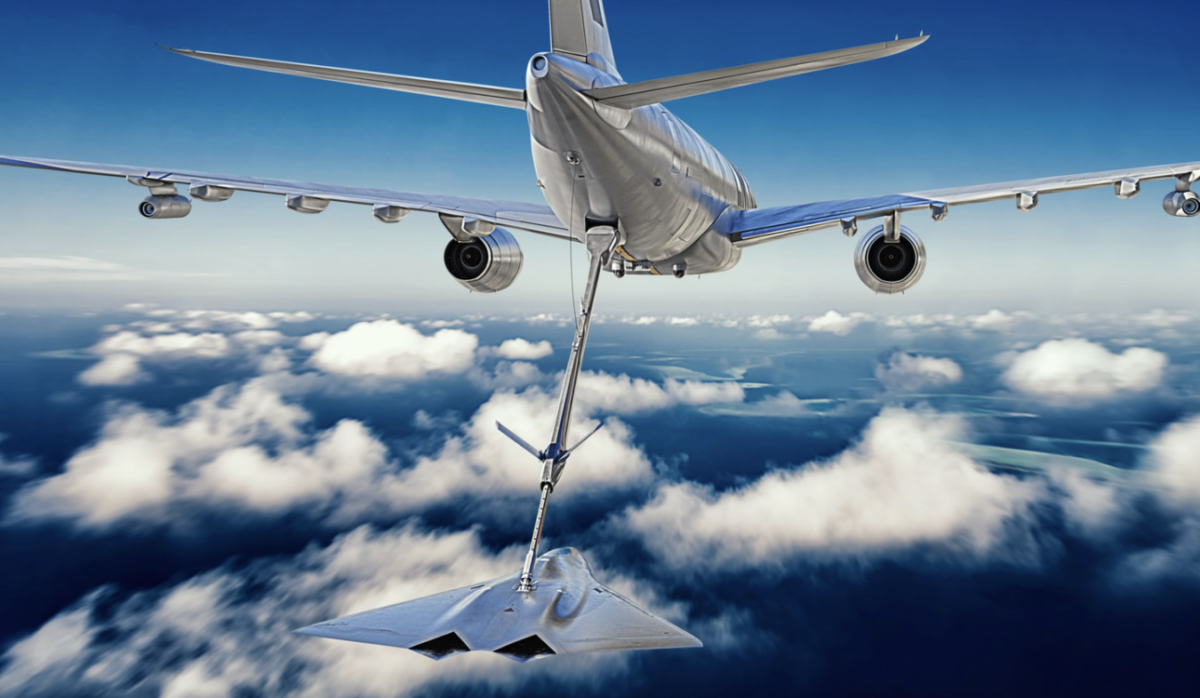
Image: Lockheed Martin.
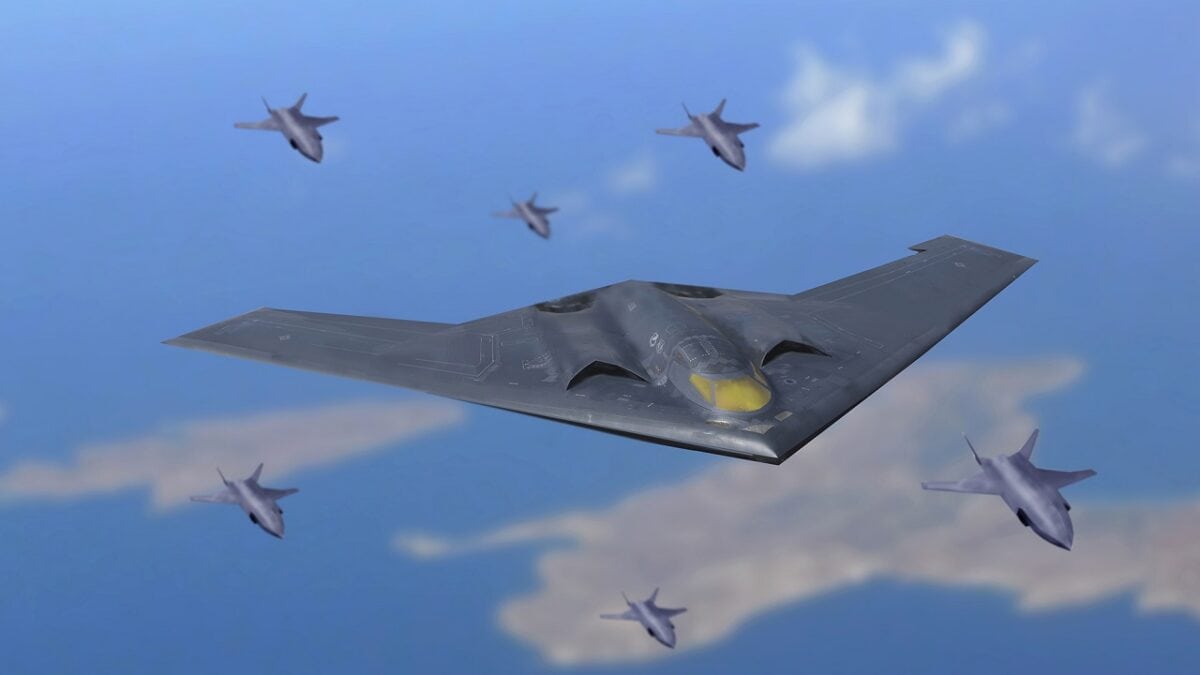
An artist illustration depicts a U.S. Air Force extended-range B-21 Raider escorted on a mission by armed unmanned next generation air dominance platforms. This fictional bomber features longer, wider wings, and a deeper fuselage that accommodates larger fuel tanks and dual weapons bays that enables the bomber to carry a much larger and varied payload. Mike Tsukamoto/staff; Greg Davis/USAF
A conventional fueling would create a radar signature that could be picked up by enemy sensors. If the U.S. military does not choose the stealth tanker this could affect the radar evading qualities of NGAD.
NGAD: The End of the Stealth Line?
It is difficult to predict the future of the NGAD. Its stealth features are classified. We can assume the NGAD will have the best level of stealth in the world. The future advances could include better masking and cloaking including new breakthroughs in nanotechnology to better absorb radar. The NGAD could be the last stealth fighter produced by the U.S. military until around 2030, when the Department of Defense likely calls for a new warplane.
Until then, NGAD will have to be the best stealth fighter on the planet.
Bonus: F-35 Photo Essay
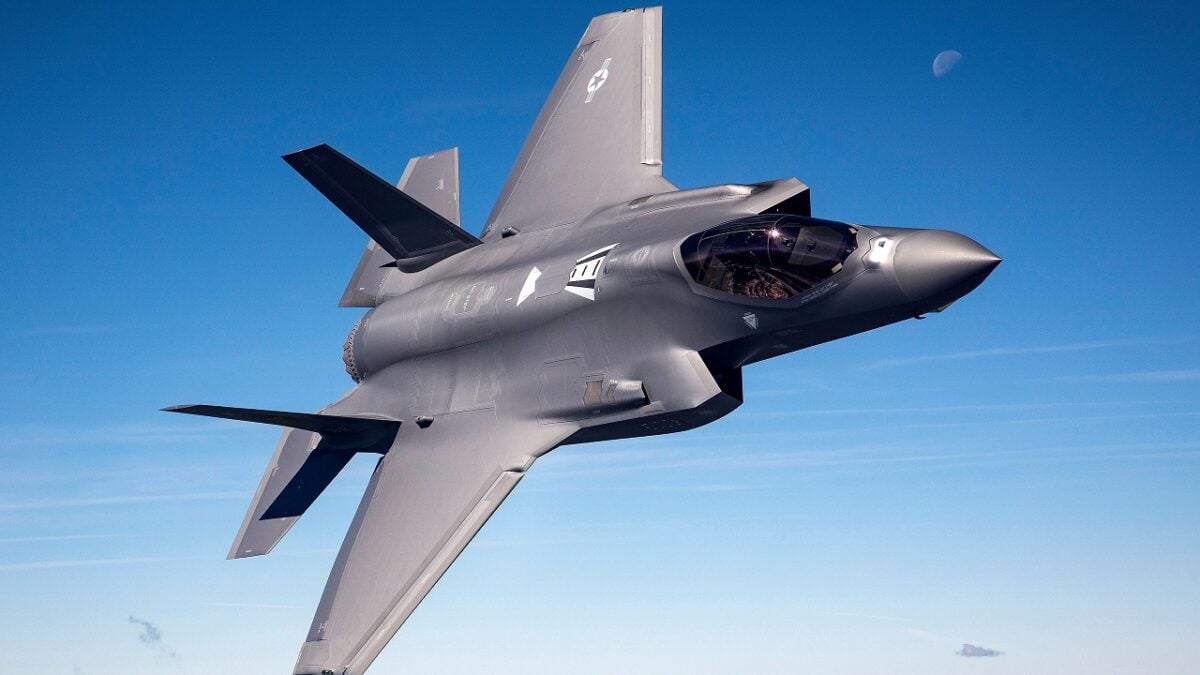
F-35 AF-184 flown by Lt. Cdr. Jonathan ‘Dos’ Beaton, in Owen’s Moa, with Whitney and snowcapped Sierra Nevadas in background

F-35C. Image Credit: Lockheed Martin.
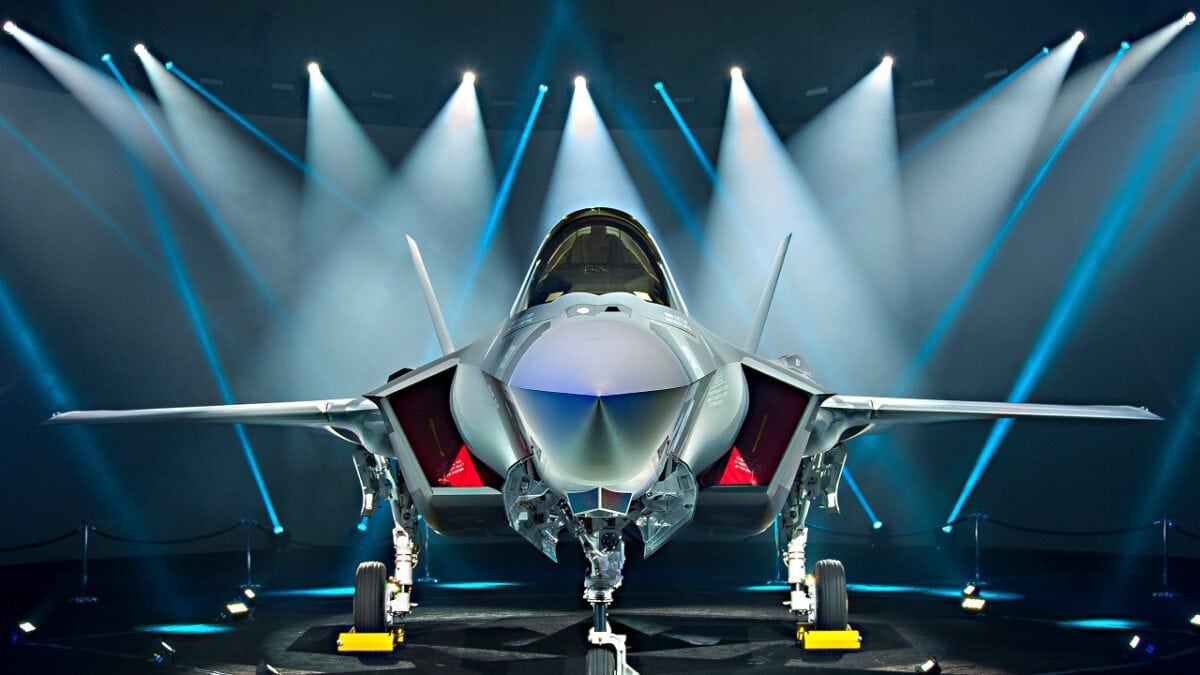
Lockheed Martin Aeronautics Company – Fort Worth- Beth Steel Document Israeli Rollout Ceremony AS-1-Beauty Shots 6/21/16 FP161141 16-04470 Charlotte Durham AFF2
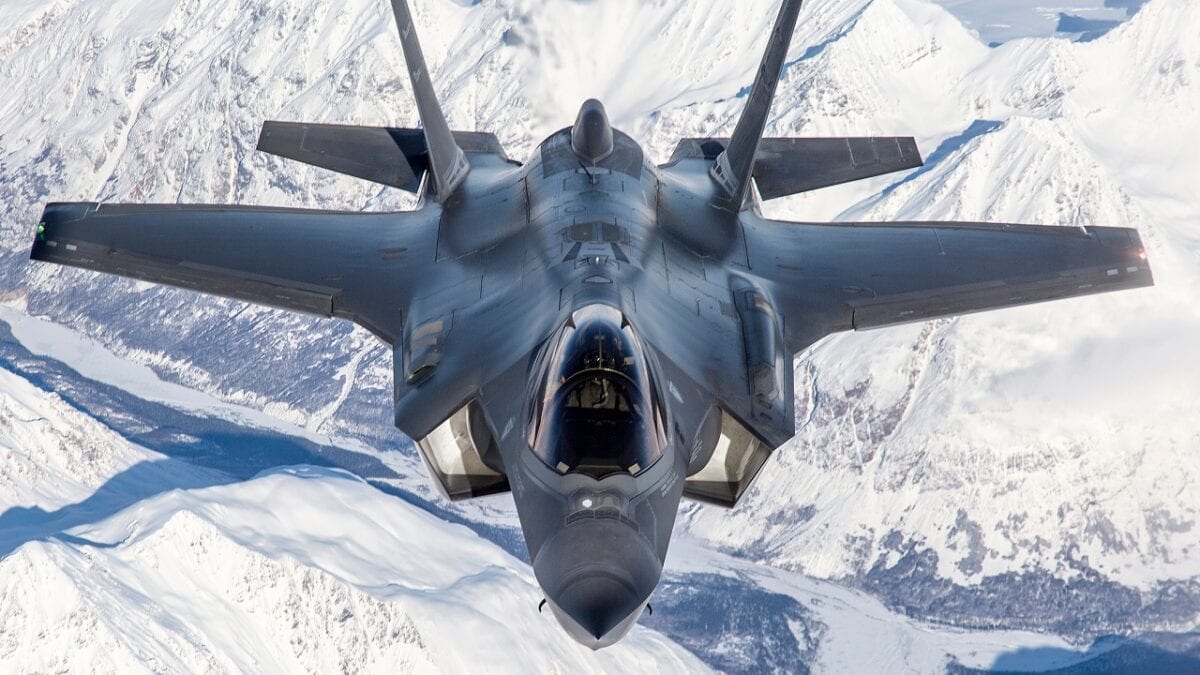
F-35 Stealth Fighter. Image Credit: Creative Commons.
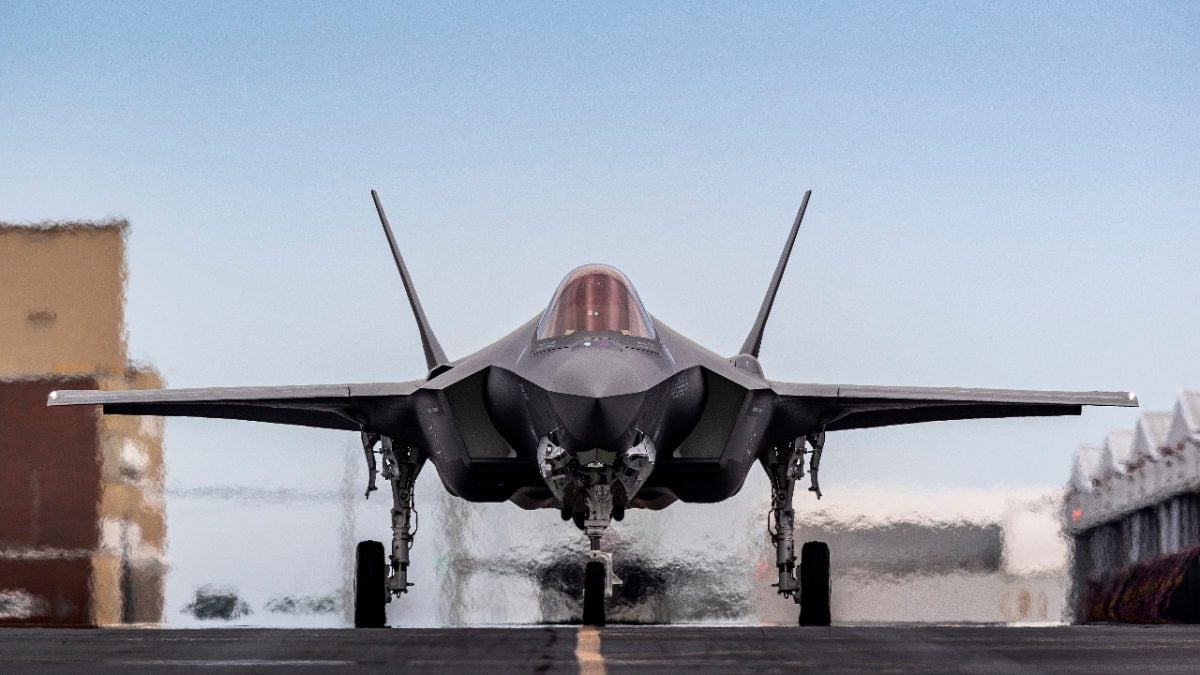
F-35 image. Image Credit: Creative Commons.
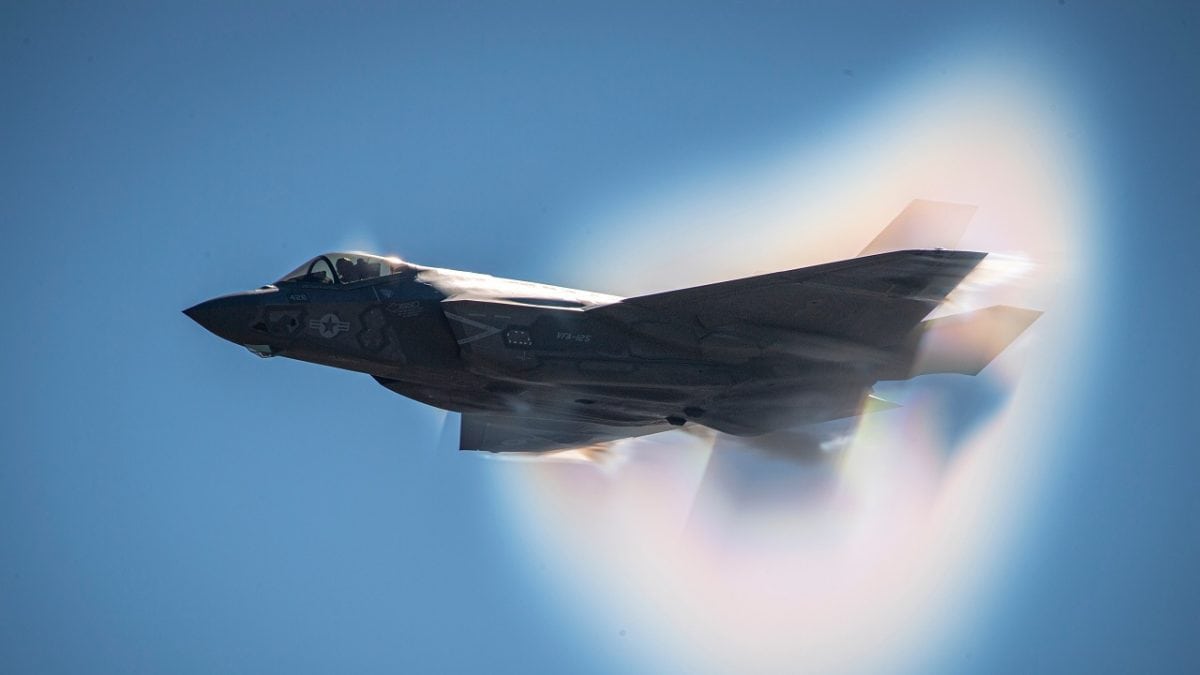
A U.S. Navy F-35C Lightning II fighter jet performs during the California International Air Show in Salinas, California, Oct. 29, 2021. The F-35C has a larger wingspan and internal fuel capacity as well as stronger landing gear than the F-35A and F-35B variants. (U.S. Air Force photo by Staff Sgt. Andrew D. Sarver)
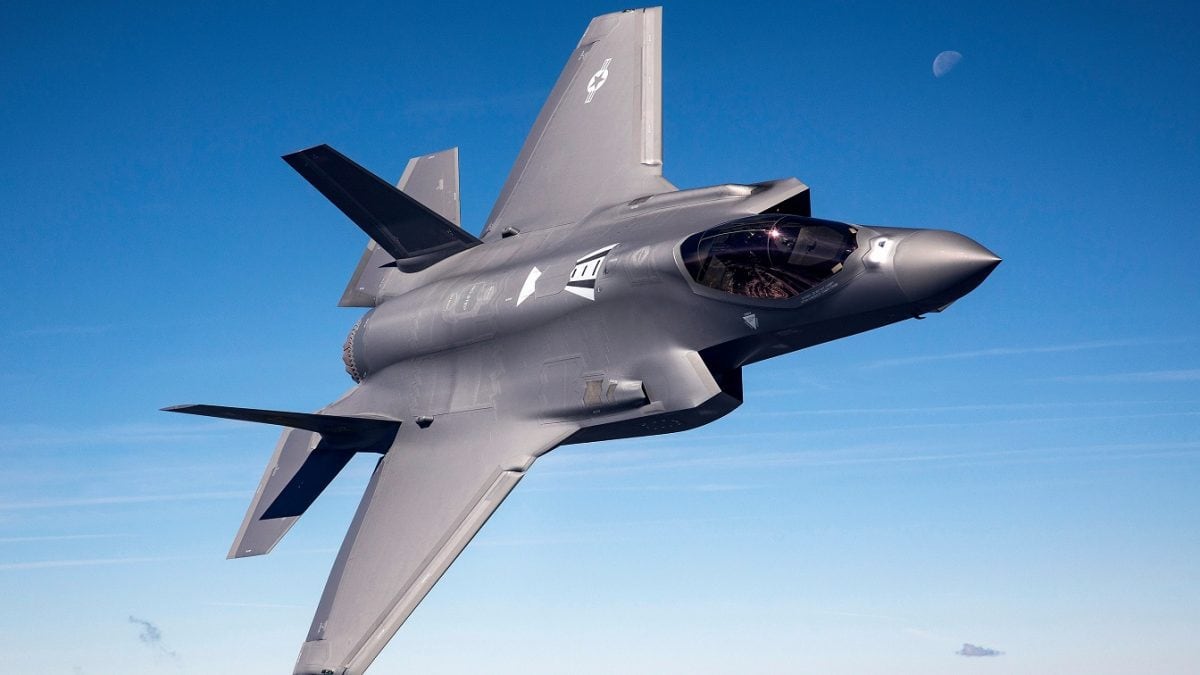
F-35A Joint Strike Fighter. Image Credit: Creative Commons.
Expert Biography: Serving as 1945’s Defense and National Security Editor, Dr. Brent M. Eastwood is the author of Humans, Machines, and Data: Future Trends in Warfare. He is an Emerging Threats expert and former U.S. Army Infantry officer. You can follow him on Twitter @BMEastwood. He holds a Ph.D. in Political Science and Foreign Policy/ International Relations.

